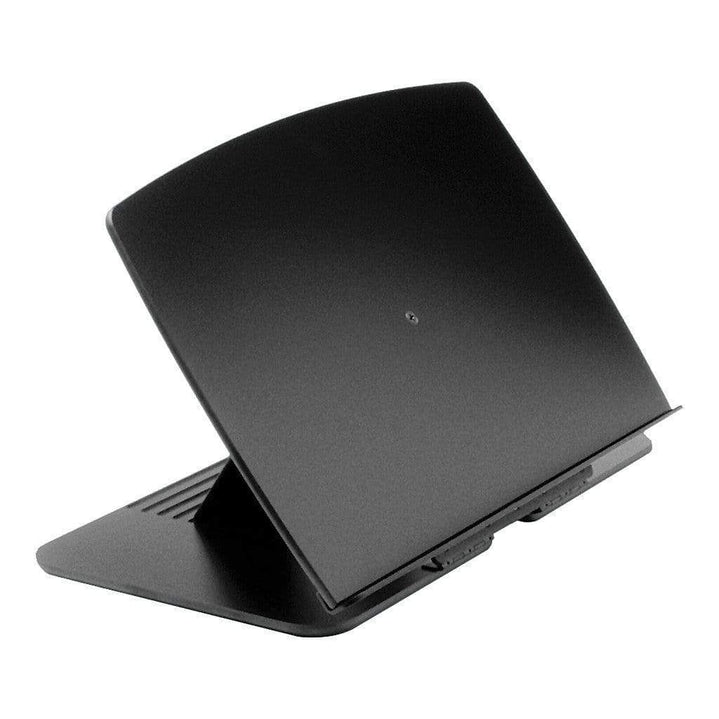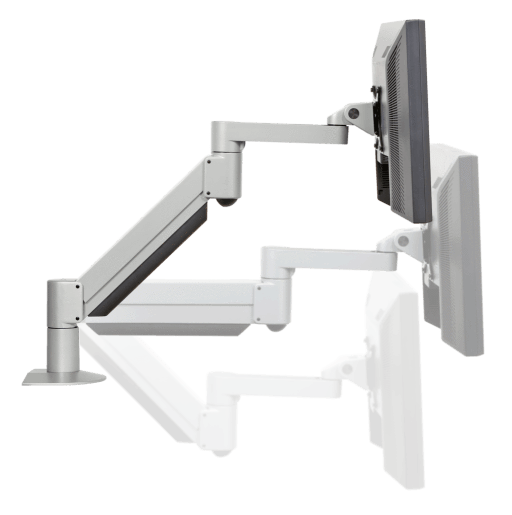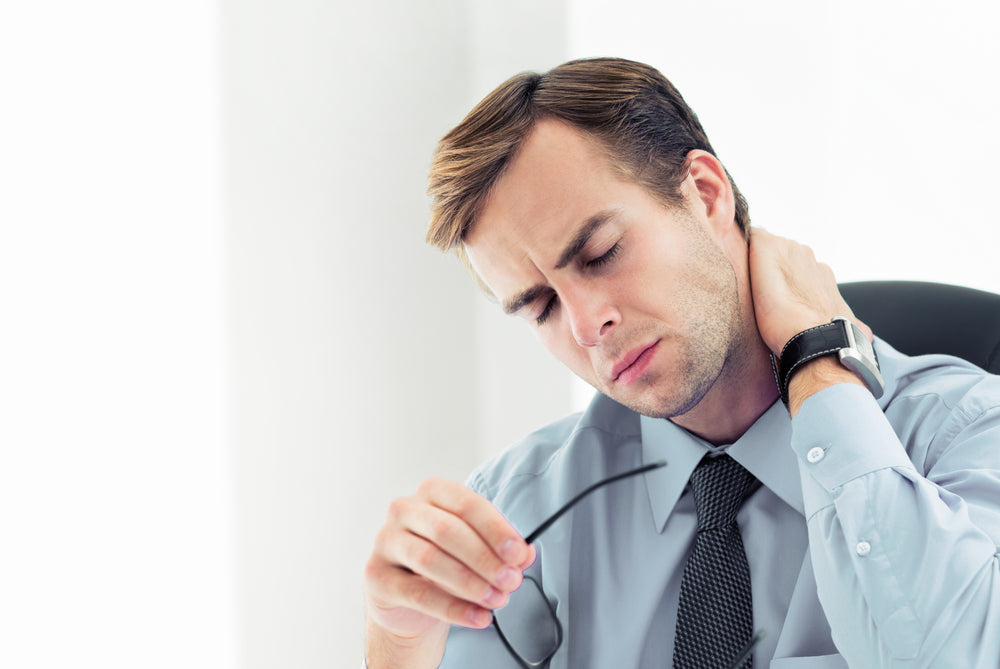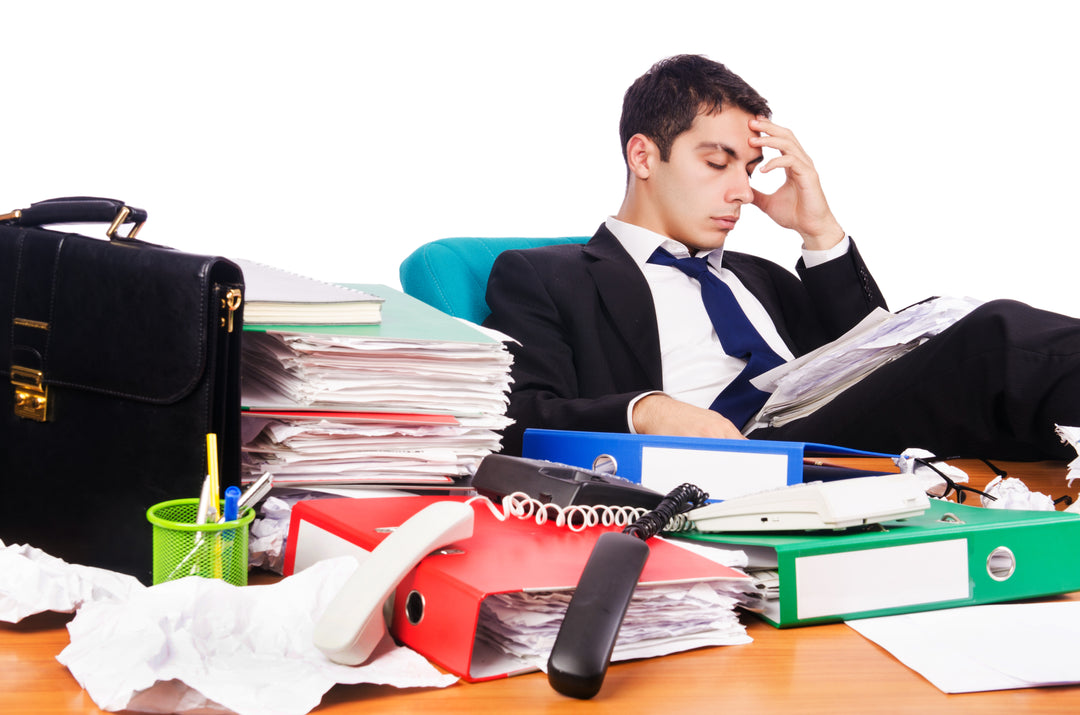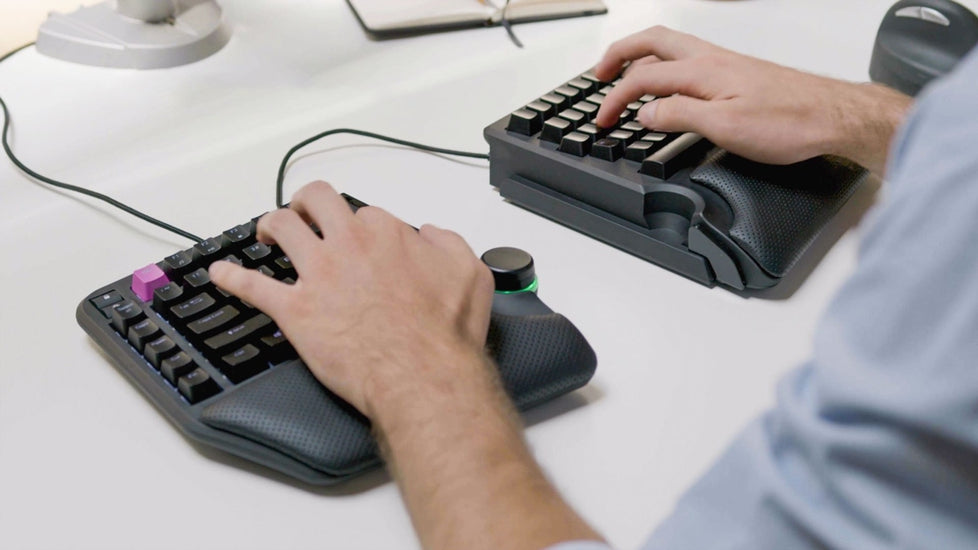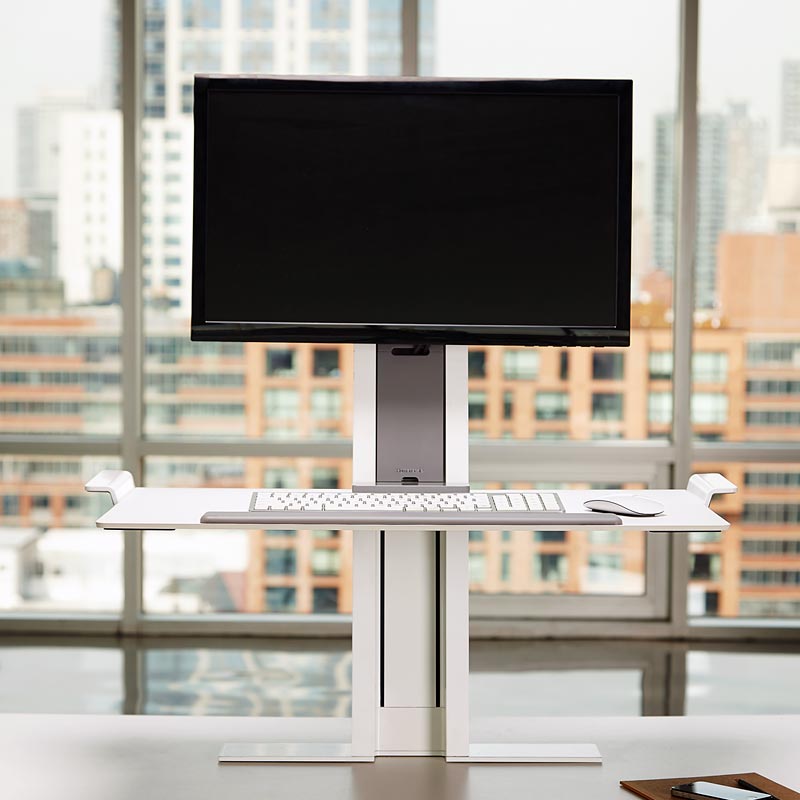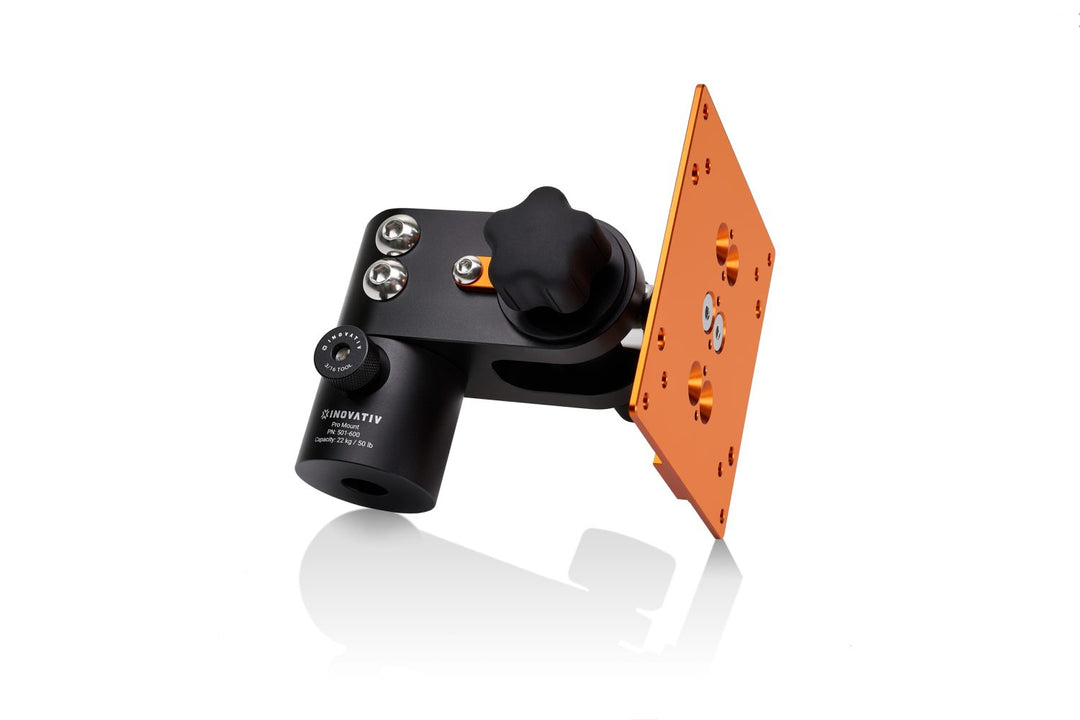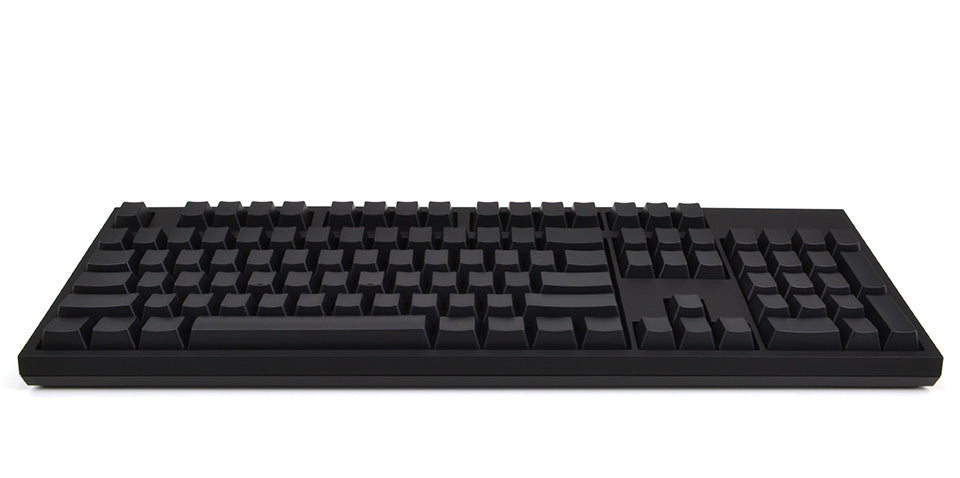Suffering from eyestrain? Read on to learn its causes and how to prevent your eye from straining. Follow these simple techniques to improve productivity.
Often, we’re so focused on our work that we forget to blink, look away, and rest for a little while. After a few hours, our eyes feel as if there are hot peppers inside them. We can’t see very well, and all we want is just close our eyes.
This is called eyestrain, a common condition that happens when your eyes get exhausted from intensive use.
Although not exactly serious, suffering from eyestrain is uncomfortable, unpleasant, and can disrupt our work. Fortunately, there are several ways to prevent eyestrain.
Why Do You Strain Your Eyes
There are several causes of eye strain. Let’s enumerate some of them:
- Looking at screens and monitors for long periods
- Reading for long hours without giving your eyes a rest
- Driving long distances
- Engaging in activities that require visual focus for a long time
- Looking at bright light such as sunlight, floodlights, welding sparks, etc.
- Trying to read, see, or work in very dim light
- Facing a fan, heating system, or air conditioning system wherein moving, dry air is flowing directly into the eye.
- Lack of sleep and drowsiness
- Stress and exhaustion
- Underlying eye problems such as sore eyes or uncorrected vision
How to Cope Up With Eyestrain
Fortunately, it’s easy to deal with eyestrain. Let’s check out some of these ways:
Adjust your monitor height
One of the most common causes of eyestrain on the job is working with a badly positioned monitor. An improperly placed monitor makes focusing on the text difficult and causes your eye to move---or stare--- unnecessarily.
The ideal position of your monitor is about an arm’s length away. The top of the screen should be a little bit below eye level if you’re sitting up straight.
Adjusting your monitor is easier if you mount it on a monitor arm such as the Ergoton LX. It’s fully adjustable, has a small footprint, and can support screens up to 27 inches.
When copying or referring to documents, position the screen and document close to each other.
Excessive eye movement when working can make your eyes tired. This usually happens when you’re copying a manuscript, multiple pages, or some other document.
Prevent eyestrain by positioning the screen and document close to each other so that your eyes and head don’t move too much.
Some office peripherals can help you achieve an ergonomic setup. For example, the adjustable Workrite Document Holder allows you to place documents parallel to and just below your keyboard. To copy something, simply glance down. There’s no need to strain your eyes, neck, and back from moving your head.
The Workrite Document Holder is best paired with an adjustable monitor arm such as Innovative 7500. With this monitor arm, you can adjust your monitor easily to get the best view of both the document you’re copying and the screen.
Rest your eyes.
Staring at your monitor for long hours can result in eyestrain, no matter how ergonomic your workspace is. Take breaks and look away from your monitor. As a rule of thumb, look at something that is 20 feet away for around 20 seconds after every 20 minutes of screen time.
Don’t forget to blink.
Sometimes, we’re so focused on our work that we stare at what we’re doing for long periods. This makes your eye dry and sore.
Thus, blink once in a while even if you have to do it consciously. Blinking produces a film of tears that moistens your eyeballs. Blinking also washes debris and irritants on your sensitive eye surface.
Use eye drops.
Eye drops are formulated to simulate tears. These non-prescription liquid drops alleviate the dryness and redness in your eyes. Ask your ophthalmologist for the right eye drops for you.
Conclusion
Workplace wellness includes all aspects of your being, and that includes your eyesight. Improve productivity, see more clearly, and prevent eyestrain using these simple eye-catching techniques.






